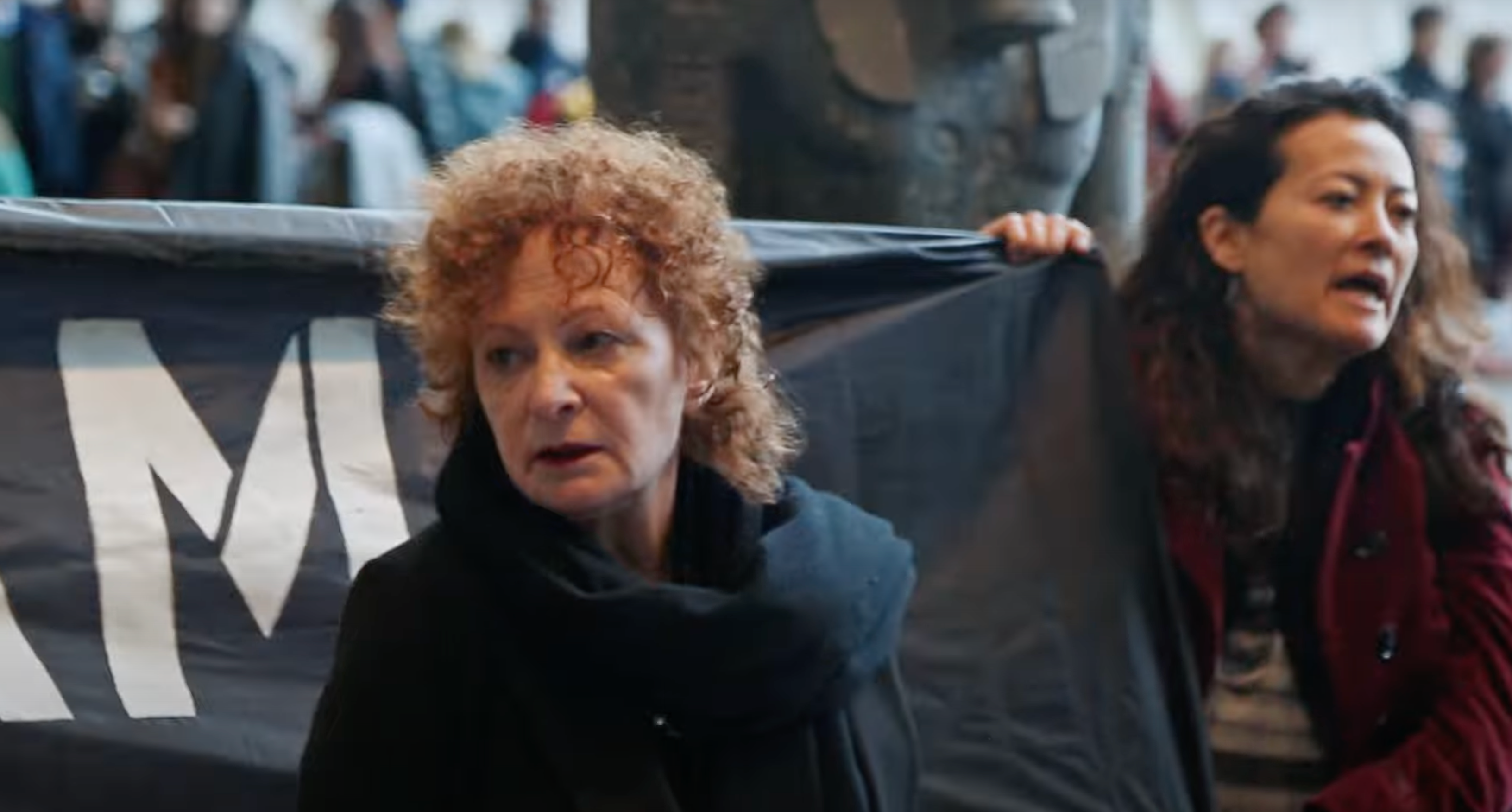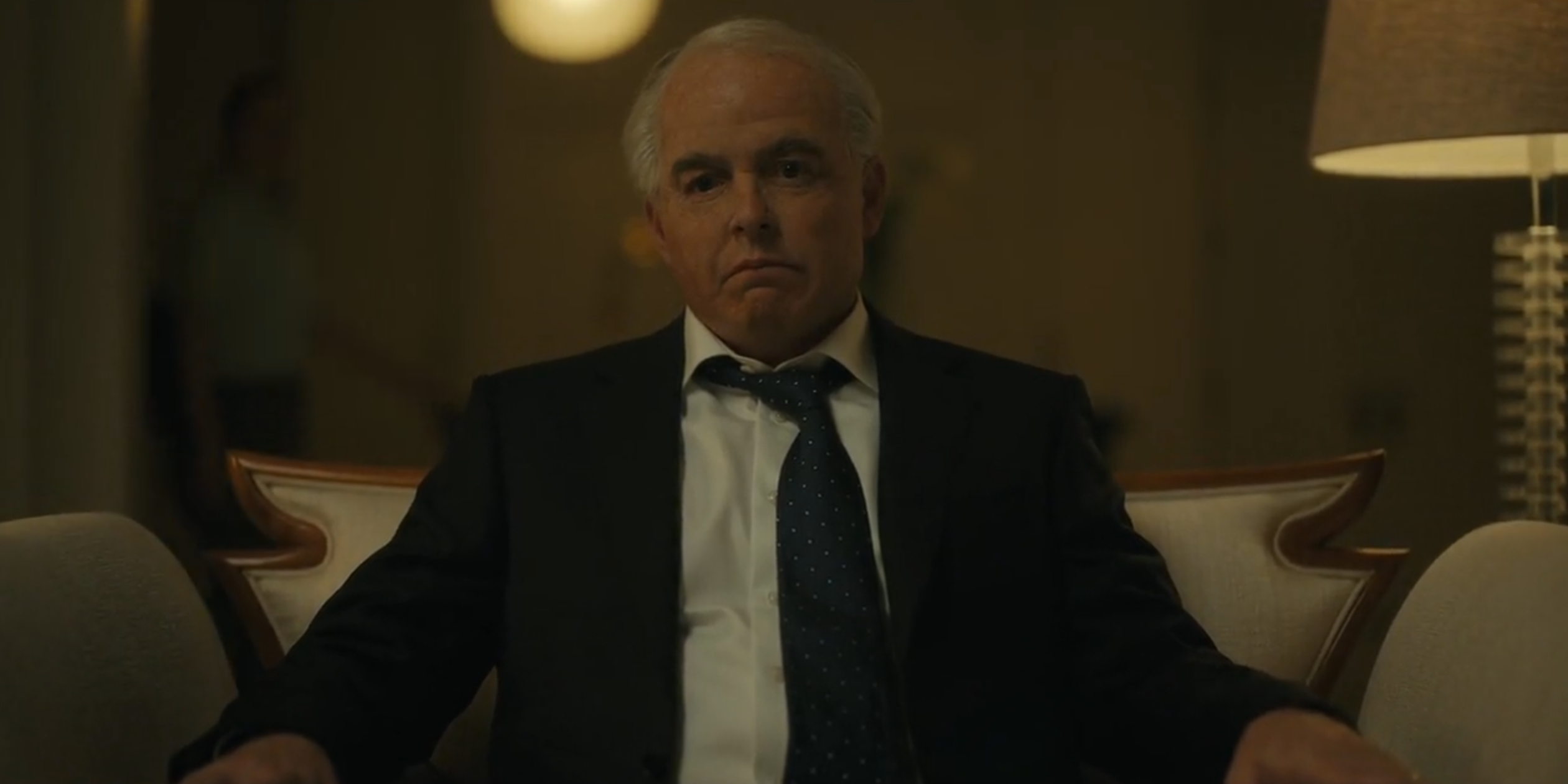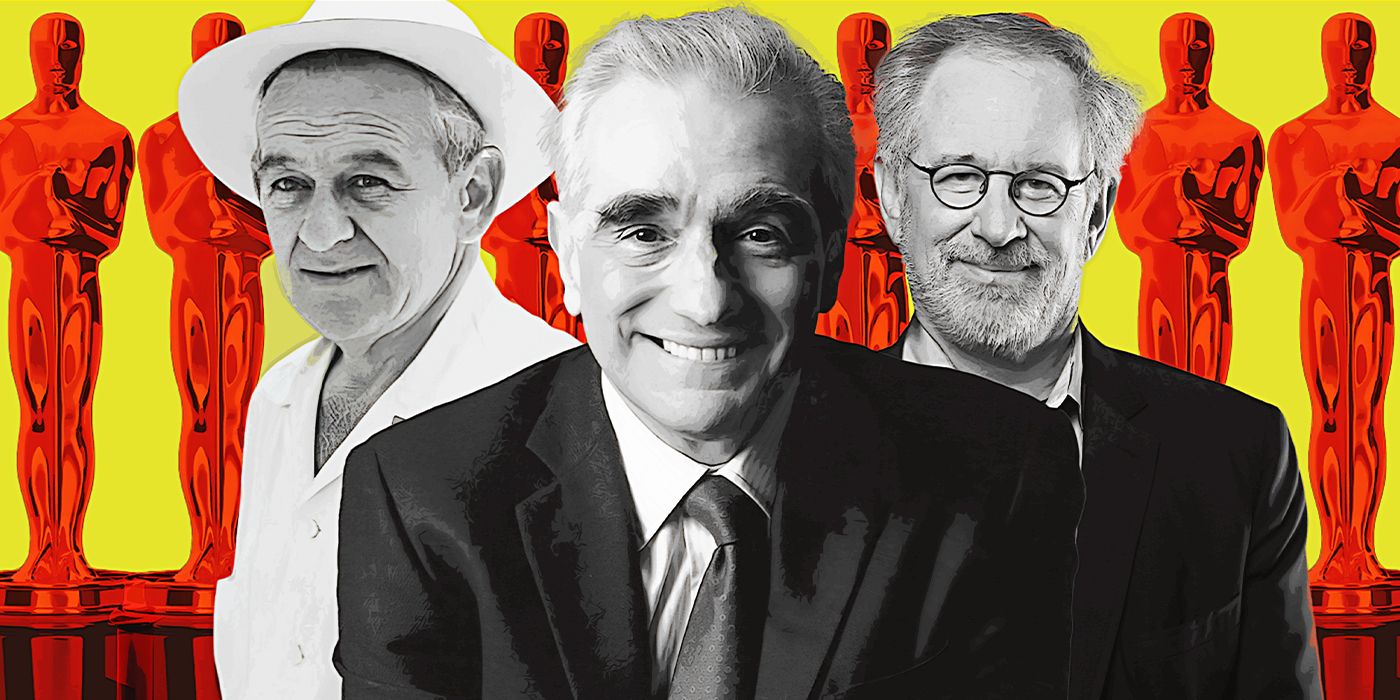The Big Picture
- All the Beauty and the Bloodshed is a gripping documentary that focuses on Nan Goldin’s activism against the powerful Sackler family, who profited from the opioid crisis.
- Goldin’s personal experience with opioid addiction fuels her determination to hold the Sacklers accountable, using art as a powerful tool for activism.
- The documentary explores the role of art in confronting the rich and powerful, shedding light on the ways it can memorialize, shame, and confront those responsible for harm.
In the past two years, two limited-run series have been released about the attempt to force some kind of justice onto the Sackler family, the billionaires who own Purdue Pharma. Both Dopesick, released in 2021 on Hulu, and Painkiller, released just last month on Netflix, tell the story of Richard Sackler’s aggressive and dishonest marketing of OxyContin, which led, by some estimates, to hundreds of thousands of deaths from opiate addiction. All the Beauty and the Bloodshed, a documentary on the same subject, is more thrilling and emotionally impactful than either of the fictionalized versions. The documentary from Laura Poitras focuses on Nan Goldin, the legendary photographer whose organization P.A.I.N. (Prescription Addiction Intervention Now) led a series of protests against the Sacklers. The Sackler family was a prolific donor to the art world, and so there were wings and galleries named after them in many of the world’s most prestigious museums. P.A.I.N. was successful in pressuring several museums into removing the Sackler name from their walls. The documentary chronicles that story, and asks a question about the role art can play in confronting those who are so rich and powerful, they seem to be above the law.
For Nan Goldin, Activism Against the Sackler Family Was Personal
Poitras’ previous documentary was CitizenFour, about NSA whistleblower Edward Snowden. Goldin, like Snowden, took on powerful institutions, whose acceptance and respect she had previously dedicated part of her life to acquiring. She was willing to use her insider status as a weapon against the powerful, and in doing so risked losing that status. But, as she explained in a searing essay published in ArtForum, it was something she had to do. Goldin had become addicted to opioids after being prescribed OxyContin while recovering from surgery, and it had her taken years to recover. After getting well with the help of buprenorphine, she saw that people suffering from opiod addiction were dying by the tens of thousands. Goldin had lost many friends to the AIDS crisis, and had seen how activism, specifically that of the group ACT UP, had forced a neglectful government to take action. There was no equivalent group for the opioid health crisis, so she started P.A.I.N.
The documentary starts at the beginning of Goldin’s life, framing her actions against the Sacklers as the culmination of a life of creative rebellion. Goldin grew up in a repressive family in suburbia, raised by parents who cared too much about what the neighbors thought and not enough about the well-being of their own children. After a family tragedy, she escaped to a community of artists based out of New York City, and devoted herself to her camera. In the late ’70s and early ’80s, the art world took notice of her photography, which centered her own life and friends, during a time when photography did not have that aspect of self-disclosure. Her subjects were often members of marginalized LGBTQ+ and sex worker communities, seen intimately and honestly, with a loving eye, their beauty shared.
The documentary is narrated by Goldin in terse, violently honest sentences. The imagery draws largely from her own photography. Although we hear Poitras occasionally, she makes herself invisible in a way that she didn’t in CitizenFour. All the Beauty and the Bloodshed has the immediate feeling of having poured out of Goldin seamlessly, rather than being a work of presentation, edited by a third party.
‘Dopesick’ and ‘Painkiller’ Seek Justice Against the Sacklers Through the Law
Both Dopesick and Painkiller treat the Sackler family like villains, particularly Richard Sackler, played by Michael Stuhlbarg on Hulu and Matthew Broderick on Netflix, in each case as a deeply strange and alienated person who cares about nothing but money. However, the story of both series centers around a 2006 trial of several mid-level Purdue Pharma executives. Both shows go over very similar ground. They show how Purdue coaxed doctors into over-prescribing OxyContin. Both dramatize the effects of OxyContin on a fictionalized addict, and then both depict the attempt of heroic members of a flawed justice system to bring the company to justice.
All the Beauty and the Bloodshed takes place long after the results of that 2006 trial (which you can read about here, although it will spoil both series.) Goldin takes for granted that the Sacklers will never face true justice, and that the only way they can be held accountable is to attack the family’s status, by shaming museums until they stop taking Sackler money and displaying the Sackler name. She and her fellow members of P.A.I.N. accomplish this through staged actions inside museums, that are themselves works of art. Particularly nice is the way they turn Richard Sackler’s own attempt to use poetic language against him. In corporate documents, he bragged about a coming “blizzard of prescriptions” of OxyContin, “deep, dense, and white” So P.A.I.N. showered a blizzard of paper over patrons in the cavernous central chamber of the Guggenheim.
In ‘All the Beauty and the Bloodshed,’ Art Can Confront Power
Art can be used to confront the powerful in many ways, and All the Beauty and the Bloodshed considers many of them. It can be used to memorialize something we would rather repress. When Goldin remembers getting caught up in an abusive relationship, she acknowledges that it was only the pictures she took of the damage done to her that kept her from going back. It can be used to turn the public against a powerful figure, as the P.A.I.N. actions did. Or it can be used to confront the powerful themselves with their own crimes, and shame them. One of the most powerful scenes in the documentary is a court ordered session in which the Sacklers must sit and listen to the families of people who died from opioid addiction. Each of these people find a way to express their pain in the short moment they have.
This is an idea that is touched on in Dopesick and Painkiller as well. In part, that’s because the result of the 2006 trial is unsatisfying as the conclusion to this story. It’s also because Goldin and P.A.I.N. created a powerful narrative that is now part of the story of the Sacklers. In Dopesick, there is also a scene where a court allows the families of victims time to confront those responsible. The series concludes with Nan Goldin’s action in the Guggenheim as the final blow, using much of the same footage as the documentary. In Painkiller, though Richard Sackler escapes true justice, Goldin’s destruction of the Sackler name is depicted, metaphorically, as a violent psychic hell that he endures in isolation.
There is also the fact that All the Beauty and the Bloodshed, Dopesick and Painkiller are all themselves, works of art. Each, in their own way, attempt to create a moral universe in which people like the Sacklers don’t get away scot-free with the harm they do. The documentary, which is available to watch on HBO and Max, is the most effective of the three.





